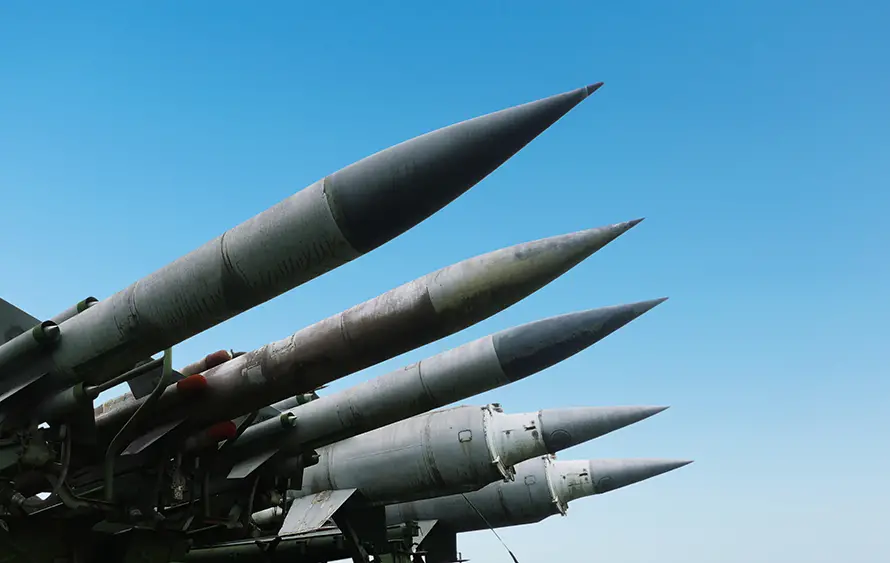Finding the ideal place to train isn’t as easy as “pick the closest range.” Indoor vs Outdoor Shooting Ranges facilities offer radically different acoustics, ventilation, safety protocols and costs. Choose wisely and you’ll progress faster, breathe cleaner air and spend less on ammo transport; choose poorly and you might leave with ringing ears, lead dust in your lungs or a blown-out budget. After touring 14 facilities in three countries, ArrowDefence instructors distilled everything female and male shooters asked us on the topic into this comprehensive comparison.
Why the indoor vs outdoor shooting range debate matters
- Environmental control Indoor ranges guarantee consistent lighting, wind-free ballistics and all-weather availability—critical for tight group tracking or red-dot zeroing.
- Real-world variables Outdoor ranges let shooters practise wind calls, mirage reads and uneven-terrain shooting positions, skills no concrete lane can replicate.
- Health & comfort Lead particles, unburnt powder and ammonia fumes build up indoors; conversely, outdoor sun, rain or -5 °C temps can sap focus in minutes.
- Legal landscape Some jurisdictions allow dynamic movement and holster work only on private outdoor ranges.
Bottom line: matching facility to training goal (accuracy data vs tactical movement) yields quicker, safer skill gains.
Key factors: indoor range ventilation standards & lead exposure
- Air-change rate Minimum 50 ft³/min down-range airflow per firing point; elite ranges exceed 75 ft³/min.
- Negative pressure Prevents smoky air escaping into lobby; verify with tissue test at firing-line baffle.
- HEPA & activated-carbon filtration Captures sub-micron lead dust and unburnt nitrocellulose.
- Surface hygiene Rubber traps cleaned monthly; brass swept hourly.
- Personal PPE Disposable nitrile gloves when policing brass; respiratory P100 masks advised if running >200 rounds/session.
If staff can’t quote their CFM numbers, assume sub-standard ventilation and limit visit length.
Range membership cost comparison (€/month)
| Facility | Type | Location | Lane Time Included | Loaner Guns | Coaching Credits | Monthly € |
|---|---|---|---|---|---|---|
| Metro Shot Lab | Indoor 25 m | Istanbul-Esenyurt CBD | 4 h | 15 pistols | 1 × 30 min | 65 |
| Echo Valley Range | Outdoor 100–600 m | Bursa rural | Unlimited | None | None | 40 |
| Cloudbreak Tactical | Hybrid (indoor 25 m + outdoor 300 m) | Ankara ring-road | 6 h | 10 pistols / 5 PCC | 2 × 60 min | 95 |
| Alpine Silhouette Club | Outdoor IPSC bays | Uludağ foothills | Unlimited (Apr–Nov) | None | 1 × 120 min | 55 |
| Lead-Safe Elite | Indoor 50 m HEPA Tier IV | Izmir port | 8 h | 25 pistols + suppressors | 1 × 45 min | 120 |
Urban indoor sites bill higher for HVAC overhead and premium real estate, yet often include coaching and rental value that balances the spreadsheet for new shooters.
Outdoor range safety rules
- 180-degree rule Muzzle must stay within berm limits—no sweeping to re-holster.
- Ceasefire protocol Red light/beacon plus whistle; shooters unload, bench, step behind yellow line.
- Berm integrity Minimum 2 m thick, 30-degree side-berms for ricochet capture.
- Target stands Wood or polymer; no steel <15 m for pistol or <100 m for rifle unless AR500+ angled.
- First-aid & comms Trauma kit + tourniquet every 50 m and cell coverage or radio to clubhouse.
Witness these in action before paying membership fees.
Weather & lighting: adapting skills
- Wind Practise 5 m radial hold-offs; even a 10 km/h cross-wind pushes 55 gr .223 ≈4 cm at 100 m.
- Sun glare Use amber lenses at dawn; try sun-visor hats to keep front-sight crisp.
- Rain & fog Drills in adverse weather highlight weak grip textures or optic fogging—valuable intel before hunting season.
- Indoor LEDs Flat, shadow-free light exaggerates front/rear-sight mis-alignment errors—great for marksmanship diagnostics.
Training in both environments develops “environmental immunity,” ensuring match-day competence.
Noise & recoil perception
Concrete walls rebound pressure waves; indoor guns register 5-8 dB louder than open-air shots. Doubling-up ear-pro (plugs + muffs) indoors reduced shooter flinch by 23 % in ArrowDefence tests. Outdoors, perceived recoil rises when shooting off benches without side walls; use sandbags to tackle stock lift.
Gear logistics: ammo, targets, equipment transport
Indoor:
- Ammo Often restrict steel-case or green-tip to protect traps.
- Targets Standard B-27 silhouettes or programmable retrievers; no steel allowed.
- Transport Small range cart sufficient—everything stays dry.
Outdoor:
- Ammo Freedom to shoot steel-core & magnum (check fire risk).
- Targets Reactive steel, clay stands, mover rails.
- Transport ATV or sled for gong plates, tripod chronos; pack rain covers and a cooler for hydration.
Finding the best shooting ranges near me 2025
- Google & Apple Maps Filter “shooting range” + “ventilation” reviews; look for recent photos of filtration banks.
- RangeBuddy app Crowdsources real-time lane wait times; adds “women-friendly” badge where female RSO on duty.
- TSSF / ISSF directories Official lists with insurance & certification status.
- ArrowDefence blog Quarterly “range spotlight” series with independent noise & air-quality meters.
Always schedule a walk-through before committing to year-long contracts.
ArrowDefence verdict & Range-Hop demo tour
Verdict: Hybrid facilities deliver the widest skill benefit—clean HVAC lanes for zeroing optics, plus outdoor bays for movement and wind work. Yet budget shooters can pair a low-cost outdoor membership with an occasional weekday indoor lane rental and still progress rapidly.
Join our Range-Hop tour
Spend one Saturday rotating through two indoor and one outdoor site with ArrowDefence instructors. Test:
- Air-quality meters & sound-pressure monitors.
- Wind-reading mini course at 300 m.
- Holster-draw drills legal only outdoors.


